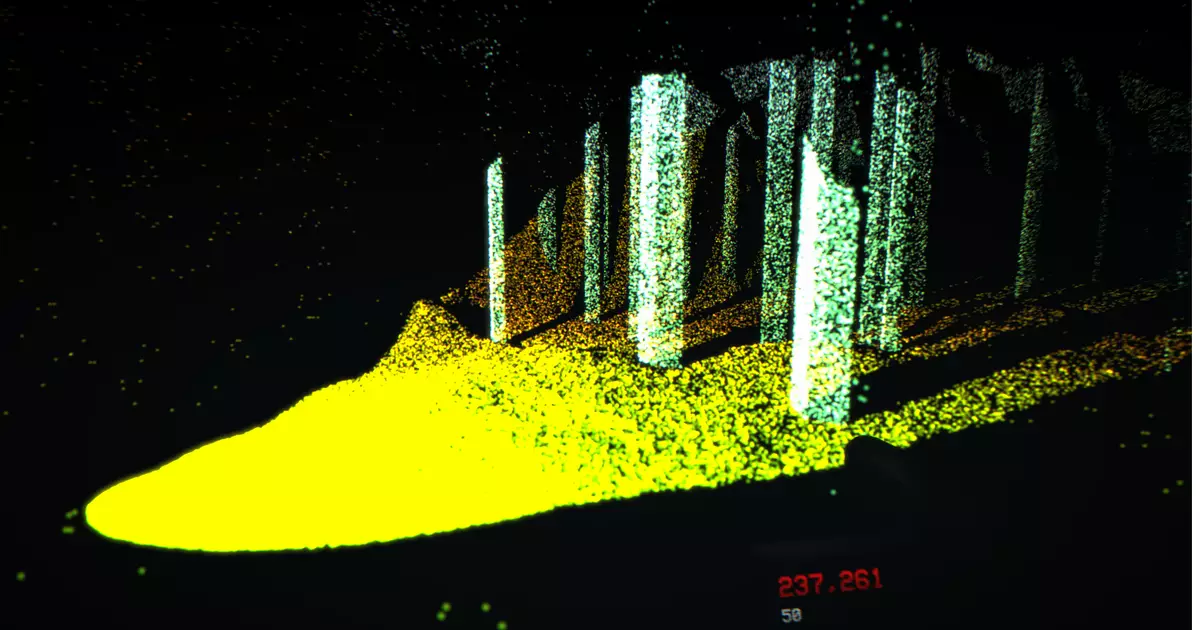LiDAR, short for Light Detection and Ranging, employs laser technology to measure distances by emitting pulses of light and calculating the time it takes for them to return after striking an object. Initially harnessed for scientific pursuits such as cartography, environmental monitoring, and geological studies, its application has transcended into the world of creativity and gaming. This pioneering technology allows for the generation of intricate 3D models and detailed geospatial data, showcasing both natural and man-made features of the world with startling precision. The sheer potential of LiDAR lies not only in its ability to unveil hidden landscapes but also in its capacity to reimagine these landscapes in strikingly artistic ways.
The Intersection of Art and Technology
In the gaming realm, the LiDAR Exploration Program by KenForest emerges as an intriguing fusion of atmospheric horror and artistic expression. Unlike conventional horror games that rely heavily on jump scares and sinister plots, this title opts for a more cerebral approach. As players navigate through eerie environments with a handheld LiDAR scanner, scanning the surroundings becomes a meditative experience. This gameplay mechanic invites participants to immerse themselves in the landscape, revealing objects and structures that populate the digital world. The calm yet unsettling ambiance adds to the game’s charm, encouraging players to explore not just for the sake of progression but to appreciate the beauty hidden within the virtual wilderness.
Chill with a Sense of Dread: The Gameplay Experience
Playing the demo of the LiDAR Exploration Program feels akin to wandering through a surreal art installation where every scan gives life to an otherwise invisible realm. Each level consists of distinct challenges, where players must meticulously scan and reveal various objects scattered across the landscape. The methodical nature of the gameplay allows for a unique type of relaxation; instead of racing against the clock or competing with adversaries, the focus resides on observation and detail.
However, the tranquility is punctuated by underlying dread. The opacity of objects means that players often confront the unnerving realization that what they see isn’t always what it seems. This ambiguity creates a subtle tension, as players are forced to grapple with the idea that their exploration may be revealing more than just the basic structure of the world around them. As they scan, they might uncover shadows lurking in the corners—suggestive of unknown threats that might remain concealed in plain sight.
Artistic Reflection in a Digital Canvas
The most compelling feature of the LiDAR Exploration Program lies in its artistic potential. Players can become digital artists, employing the LiDAR scanner to shape and illuminate their environment. The mechanics allow for an almost painterly approach to exploring the digital landscape, where one can adjust the scanning cone and focus on intricate details immensely reminiscent of brush strokes. The juxtaposition of light and shadow provides a canvas that emphasizes the delicate balance between beauty and horror—an exploration that begs viewers to ponder not only what they reveal but also what they choose to ignore.
As I roamed the forests and landscapes in the demo, I couldn’t help but draw parallels to the work of traditional artists who rely on chiaroscuro to evoke emotion through light and shadow. In this virtual space, light becomes both a reveal and a mask, a mechanism to construct a visual narrative that feels both intimate and expansive. The subtle shifts as one transitions from scanning a stately tree to observing ethereal shafts of light penetrating the canopy are mesmerizing.
In an era where technology and simulation often overshadow the artistic sensibilities of gaming, the LiDAR Exploration Program provides a refreshing perspective. By embracing LiDAR not merely as a tool for gameplay but as a medium for artistic expression, KenForest invites players to rethink their interaction with digital spaces. The game’s gentle push against the limitations of expectation bridges the gap between immersive horror and tranquil exploration, creating a unique experience that lingers long after leaving the virtual realm. This fusion of art and technology challenges other developers to rethink the role of light in games, suggesting a path forward that honors both aesthetic beauty and immersive storytelling.

